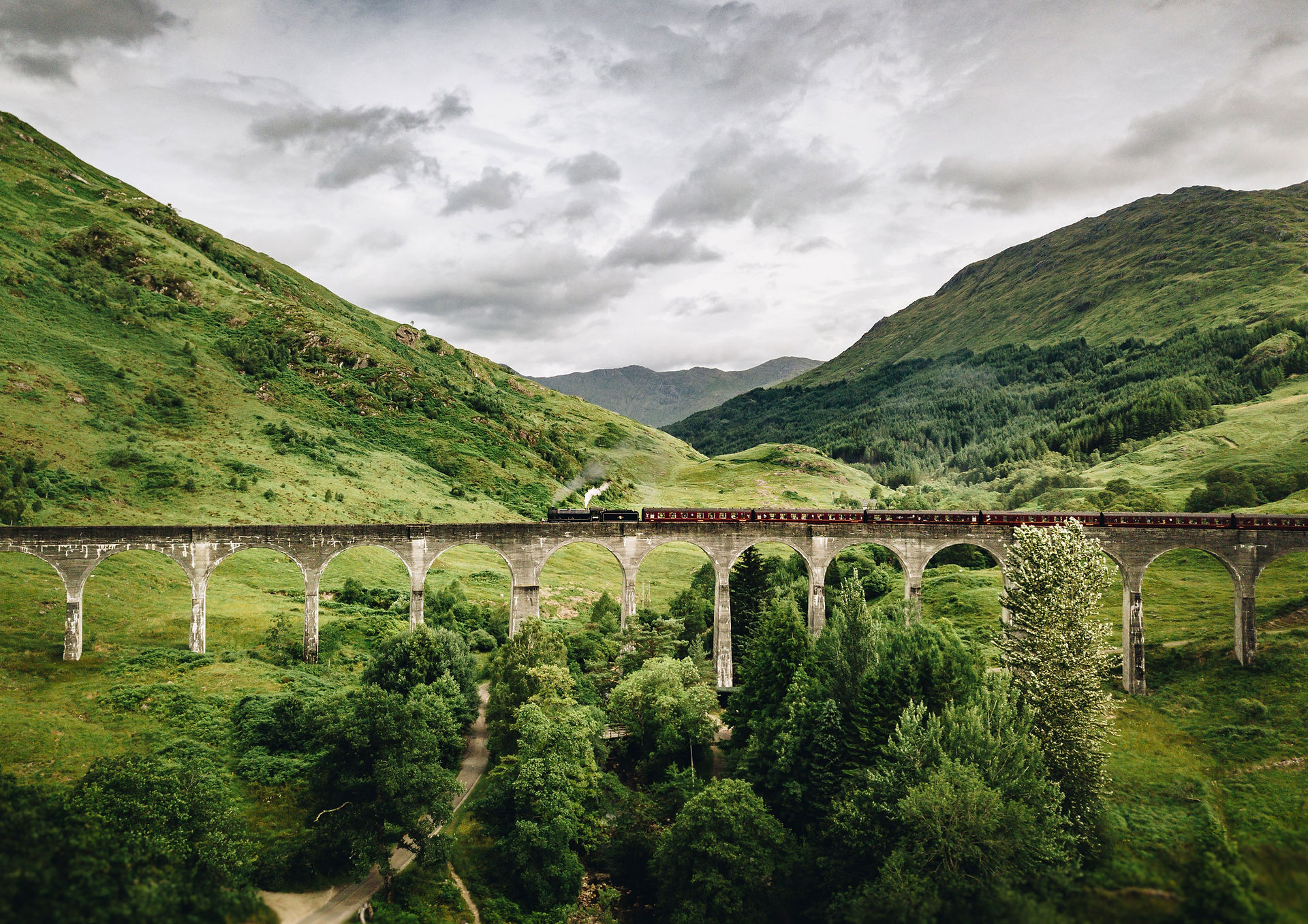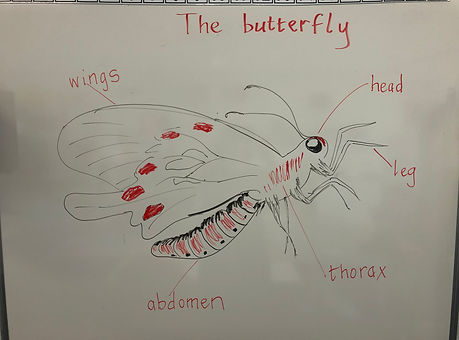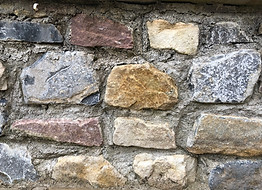

Crimlin N.S.
Naomh Micheál

Crimlin, Castlebar, Co. Mayo, F23 V008
Email: crimlinschool@gmail.com
Website: www.crimlinschool.com
Ph: O94 9025432 / (083) 0839038
History, Geography, Science / Stair, Tír Eolaíocht/ Eolaíocht
Web Links
Clouds

Stratus clouds are greyish, all looking the same, almost like a fog that doesn't reach the ground. They often cover the entire sky.

(Left) Cumulus clouds are white, puffy clouds that look like pieces of floating cotton. The base of each cloud is flat, and the top has rounded towers.
(Right) Stratocumulus clouds are low, puffy and grey. Most of them form in rows, and you can see blue sky between them.

Cirrus clouds are made of ice. They are thin, wispy clouds, usually white. They can be blown into long streamers by the wind.

The sun is a star.
A star is a really, really enormous ball up in space.
It is made of scorching hot stuff.
It begins as a cloud of gas in space. Gravity makes the cloud pull together into a ball.
The ball gets smaller and smaller. It also gets hotter and hotter.
The sun is a star.

The light from the sun in the evening time.


The bee and the butterfly are insects. They each have six legs and wings. They each love flowers. They see the bright petals on the flowers and smell the sweet nectar. Nectar is full of sugar, and is food for bees and butterflies.
Insects carry pollen from one plant to another, and so help plants to grow.
We should take good care of bees and butterflies.
Bonfire Night / Oíche Fhéile Eoin
The evening of June 23rd is St. John's Eve, or Bonfire Night.
June 24th is the Feast Day of St. John the Baptist. It is also Midsummer.
The evening before June 24th has been traditionally celebrated by the lighting of a bonfire. It is a happy time, with people enjoying the long summer evening and having some gentle fun with neighbours and friends.
In the olden days the fire used to be lit exactly at sunset and had to be watched and tended until long after midnight. Prayers used to be said to obtain God's blessing on the crops.
Some people would take the ashes from the fire the next morning and scatter them on their fields. Any man who had built a new house would take a shovel of red hot sods to his new home so that the very first fire there would be started by St. John's fire.
This is 2020 and restrictions are in place because of a dangerous virus. This means that people have to be very careful not to take the chance of spreading the virus to other people.
People also have to be careful not to let the fire get out of control and burn things that were not meant to be burned.

Homes (Unlocking S.E.S.E. 1, page 19)
Bungalow: A low house having only one storey (or sometimes with a room set in the roof with a dormer window)
Storey: In a building, all the rooms that are on the same level.
Terrace: A row of houses built in one block, all looking the same.
Mobile home: A home that can be moved around.
Apartment block: A building that contains lots of apartments for people to live in.
Light and materials
Think about the materials we looked at: plastic, stone, paper, wood, cardboard.....
Now think about light.
What happens when you shine a light on these materials?
Does the material allow the light to go through, so that you can clearly see the things behind it? (Is the material transparent?)
Or does the material block the light, creating a shadow behind it? (Is the material opaque?)
Find pieces of different materials and ask your parents for a torch. Shine a light on each one and say whether the material is transparent or opaque.

When I shine the torch at a sheet of plastic, I can clearly see the ball behind.
The plastic is transparent.
When I shine the torch at a paper envelope, it blocks the light and creates a shadow behind, so I cannot see the part of the ball behind the envelope.
The paper is opaque.

A light bulb is a device, a thing that was made specially to give out light.
Electric energy goes into the light bulb.
The light bulb then changes that electric energy into light.
If you look around your home, you will see light bulbs in lots of places, for example on the ceiling in the kitchen.
Look at the headlights on your car. Ask your parents if you can stand in a safe place where you can see the headlights when your Dad or Mam turns them on.
Is there a torch in your house? Turn it on. Shine the light into some dark places.
It was dark. Then the fluorescent bulbs were switched on.

The light bulb is giving out light.
Light
Light is a kind of energy (power).
There are different kinds of light. We human beings can see only some kinds of light. The light we can see is called "visible light".
"Visible" means that our eyes can take it in and figure out quickly what it is.
For instance, it we turn our heads towards a tree, our eyes take in the colour of it, the shape of it, and where it is growing. We know pretty quickly that it is a tree (and not a tractor), because our eyes tell us.
The sun gives off visible light.
An electric bulb gives off visible light.
This visible light bounces off things (like the tree) and then goes into our eyes.
Our eyes then take the visible light and make us able to see.
Try looking for something in a dark room. Can you see it?
Now switch on the light. Can you see what you're looking for now?
The light from the electric bulb bounces off things and so you can see them.


Stone
Stone is a material. You can use it to make things.
You can find stones outside in your garden.
When people want lots of stone to build houses, they must dig it out of the ground.
They make a huge hole in the ground, called a quarry.
Very big machines are used to dig out big blocks of stone.
These stones are split into smaller stones, and sold in shops like Roadstone in Castlebar.
People can buy them and use them to build walls or make a nice path for outside their house.

Stones bonded together with mortar (a mixture of lime, cement, sand and water)

Bricks bonded together with mortar.
Plastics
Plastic is a material. It is used to make many things.
Plastic can be stiff, like the plastic in a box of Roses' sweets.
Plastic can be crumpled up, twisted and then flattened out, like the plastic in a freezer bag.
Some plastic bags are noisy when you crumple them, like the bag inside a Cornflakes box.
Look around you, inside your house and outside. How many different kinds of plastic can you see?


The plastic in this extension lead is stiff, tough and coloured white. It will not break when I pull the plugs out of the sockets.
The plugs are made out of the same kind of plastic.

The plastic in the box is strong, stiff and coloured blue. The plastic in the washing liquid capsule (sitting on the edge of the box) is soft, clear and dissolves (breaks down) when it is put into water.
This plastic is clear. It breaks easily if you try to lift it with one hand.
Materials
Material is the stuff you use to make something.
You might use cardboard to make a model house. The cardboard is your material.
If you were building a real house to live in, you would have to choose different material. Cardboard would not keep rain out. It would go soggy and your house would fall down.
For a real house, you would have to get a material that wouldn't let rain in.
The material would also need to be strong enough to hold up a roof.
Cloth would not do. It would fall down in a heap.
Plastic would not let rain in, but the sun would be shining through it, and the wind might blow it down.
For a real house that you can live in, you need materials that are artificial - materials that are made by people and not just found in nature.
Brick, cement and glass are used by people who build houses, schools, factories, shops, sheds, and any other building that needs to be safe for people or for animals.
Look at the picture of St. Michael's N.S. Crimlin. Can you see bricks? Cement? Glass? When the building was finished, it was painted. That's why you can't see bricks and cement.

Farming in Ireland in the 1930's using the horse and plough
Achill Lifeboat Station
Achill Island's Lifeboat Station is at Cloghmore, Achill Sound, Westport, County Mayo.
Sometimes sudden accidents can happen to ships or boats at sea. There can be a lot of damage to the vessel (the ship or boat) and people can be drowned if there is nobody there to rescue them.
A lifeboat is a special boat that goes out to sea to rescue people who have got into difficulties.
The lifeboat at the Achill station is the Trent Class Lifeboat. It is named after the river Trent in England. Boats are often referred to as "she" when people are speaking about them.
The Trent Class Lifeboat is powerful enough to move on rough seas, tow big boats and carry lots of people who have been rescued. She is fast and can move skilfully on the water. If she should overturn in very bad weather, she can right herself in a few seconds. She has equipment on board that can be used to treat people who are injured in accidents, for example oxygen and stretchers.
The Trent Lifeboat carries a smaller boat, called a daughter boat. The daughter boat is inflatable, which means it can have air pumped into it, like when a bouncing castle is being blown up. It has an engine on the outside so rescuers can go into small places around cliffs to reach people who are stuck there. The rescuers then bring the people back to the bigger Trent Class Lifeboat and they can all go home.